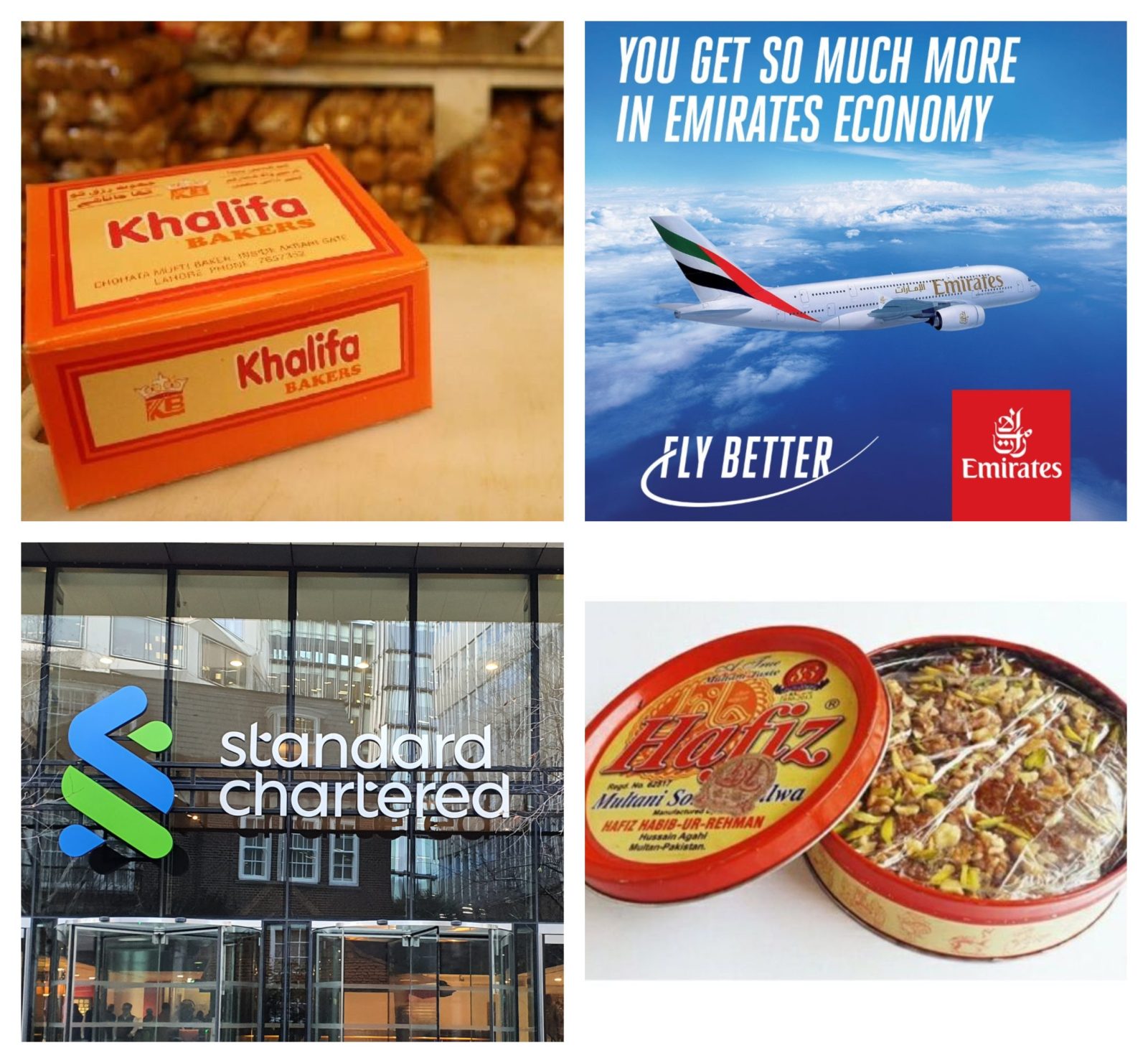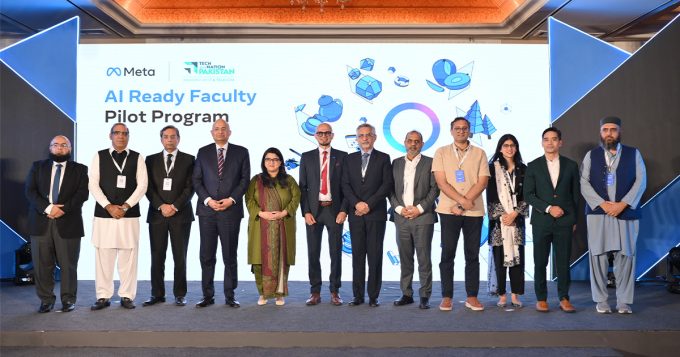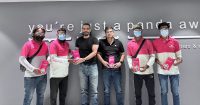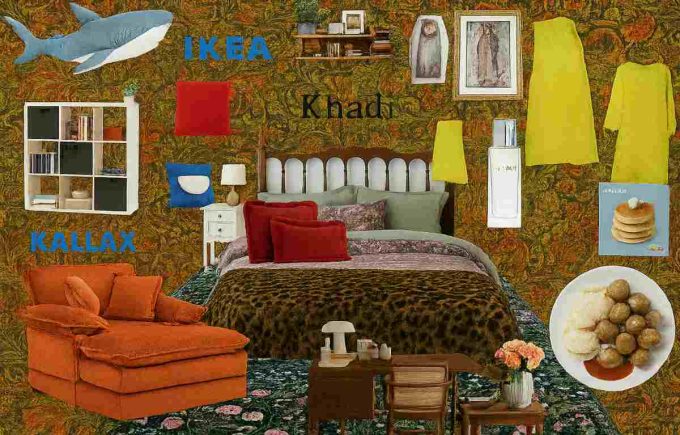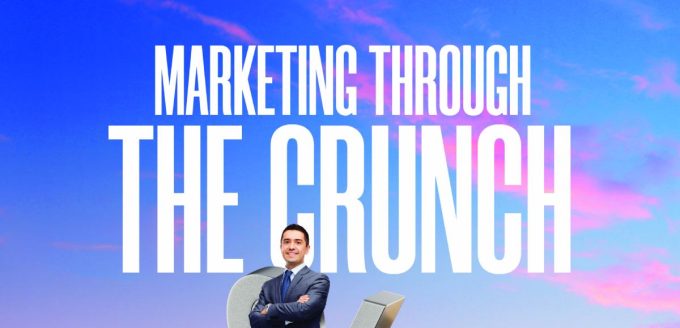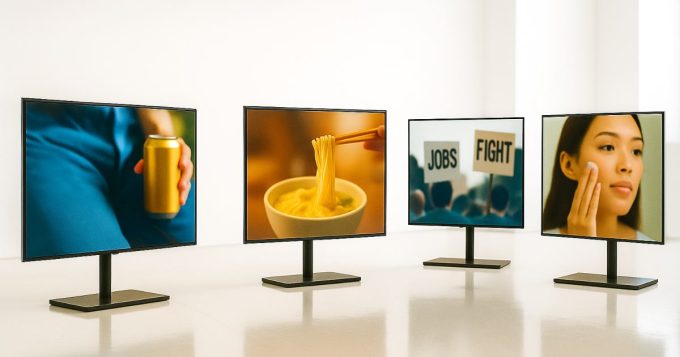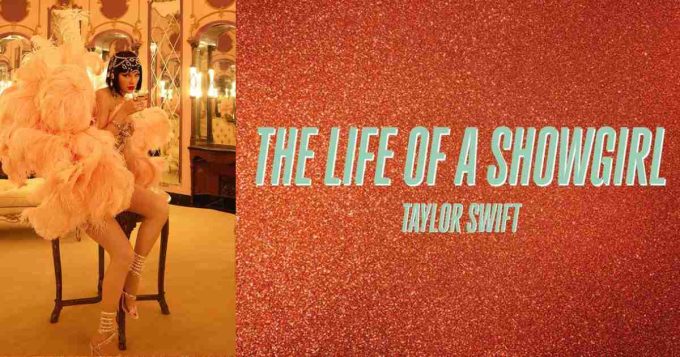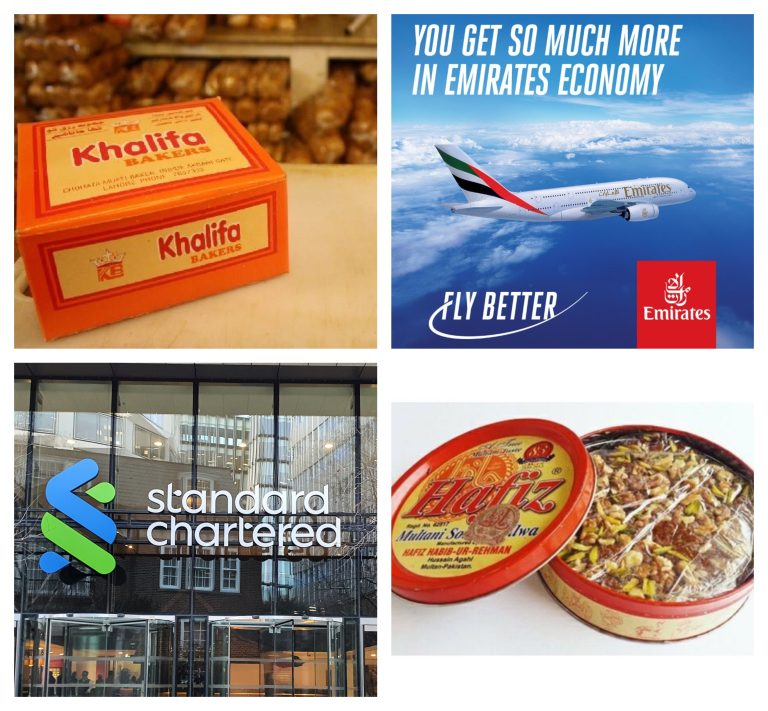
We were just into the third day of our Honeymoon in Malaysia, going into the Batu caves in Kuala Lumpur all the way up some 250 plus steps to the famous Hindu temple within the limestone cave mountain. As epiphany struck, my wife suddenly exclaimed that she kept the same image that had been just above her of the picturesque, plant-covered insides of the mountain with skies piercing through the peak – as her Facebook cover photo for months. She never knew where the image was from and had kept it just out of her love for nature and the sheer beauty of that scenery.
Fast forward four years, and we witnessed more or less the same image as we were leaving for Azerbaijan from the Jinnah Terminal, Karachi. The scenic image this time was an inviting advertisement of the Standard Chartered Bank, and it was placed at the first security checkpoint for the outbound passengers and tourists.
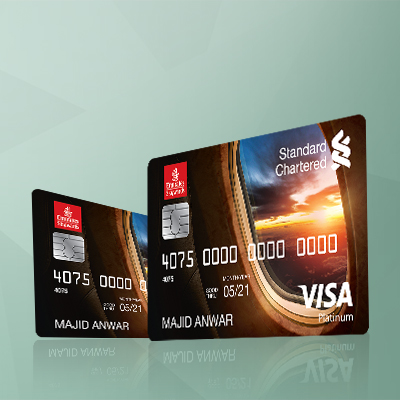 The targeted pool of customers was being hammered with the fact that services of SCB credit cards should be used to get air travel miles or the Emirates Skywards when booking flights from Emirates Airlines. Apart from the Batu caves, there were at least four to five other destinations from around the globe, which were also being used in their advertisements to entice their customer pool and customer pool to be.
The targeted pool of customers was being hammered with the fact that services of SCB credit cards should be used to get air travel miles or the Emirates Skywards when booking flights from Emirates Airlines. Apart from the Batu caves, there were at least four to five other destinations from around the globe, which were also being used in their advertisements to entice their customer pool and customer pool to be.
When marketing brands and products, it is fundamental that the key touch points of the target audience are not only triggered but that the brand promises a lasting connection and recall of their products for their customers. With growing awareness of the benefits of travelling and an ever-increasing layer of middle-class in our society, which ultimately benefits the growth of tourism, incorporating travel and tourism in the marketing campaigns is likely to go a long way in capturing the mindshare of the customers.
A few sectors, including but not limited to the hotel and hospitality industry, travel (air, train, and buses), banks, and, of course, travel agencies, would obviously require travel insights campaigns, sights and sounds promotions, and tourist offers regularly in their advertising.
This will obviously appeal to those who find travelling a relaxing hobby. Many of those who are squeezed for money or those with limited time on their hands would opt for group tours during children’s vacations. Although it is cost-effective, it limits a traveller’s movement to a certain selected spot only. On the other hand, travelling solo can range from being extremely inexpensive to highly costly depending upon the tourist’s preferences. Both categories of tourists are targeted by the travel agencies in their separately designed campaigns. Similarly, discounted travel options, family budget deals during school vacations, and the opening of new destinations during peak season by airlines, bus services, and trains ensue.
It was a norm for me to get regular marketing messages from Hotel One. I would opt for it for accommodation during my official stays at its remote destinations in Abbottabad, Bahawalpur, Sukkur, or Skardu. The messages would highlight its other unique destinations where they are operating throughout Pakistan.
It is not only limited to the marketing being done by travel companies or those industries which are directly related to tourism, like hotel and hospitality, banks, flights, train and bus travels. Many of the visually appealing TV ads for the last few decades, highlighting tourist places to visit, would be of renowned cigarettes brands.
Many of you may recall a ‘K-2 hamesha ka saath’ or ‘K-2 ka Pakistan’ while mountaineers holding their favourite brand of cigarette would scale the second-highest peak in the World. Similarly, tobacco brands like Morven Gold and Gold Flake would incorporate adventurers jumping through the air, climbing mountains, and paddling waves in the background of some jaw-dropping scenery. The ‘rhythm of unity’ touched the iconic Lahore. All of these ads would instill the hope of someday visiting these places.
One of our generation’s favourite PTV programmes from the last century was ‘Gulls and Guys,’ which was directed by Shoaib Mansoor and would be aired every weekend back in 1999. The Pakistani version of the show had six celebrities, including the late Junaid Jamshed, Salman Ahmed, Fakhr-e-Alam, and a few others who would each visit a selected destination, including London, Paris, Rome, and Madrid, etc. The show was a travelogue reality show being totally sponsored by John Player Gold Leaf, a renowned cigarette brand. The brand’s yacht Discovery was supposed to visit more than a dozen destinations, including Karachi, as a global advertising stint. The destinations for the program were chosen from the same list of destinations that the Discovery was scheduled to visit. The main attraction for Pakistani viewers was not only the fact that they would watch a comprehensive, well-researched documentary but also the entertainment part was also ensured with the celebrities having to work one day to earn in an alien environment and with a definite language barrier, making it all so interesting. The show was a huge hit.
Sometimes, fizzy carbonated cold drink advertisements also offer tourist attractions in their marketing and TV campaigns, while their energy-filled counterparts add a touch of adventure with tourism as well. Many tea and coffee TV ads would show their roots with women picking tea leaves while on the scenic mountains in Sri Lanka or Kenya or some South American collecting coffee beans. It was the same nostalgic attraction and recall from the Rich Bru tea TV ad from yesteryears that made me stop the car while going from Kandy to beyond and capture a memory.
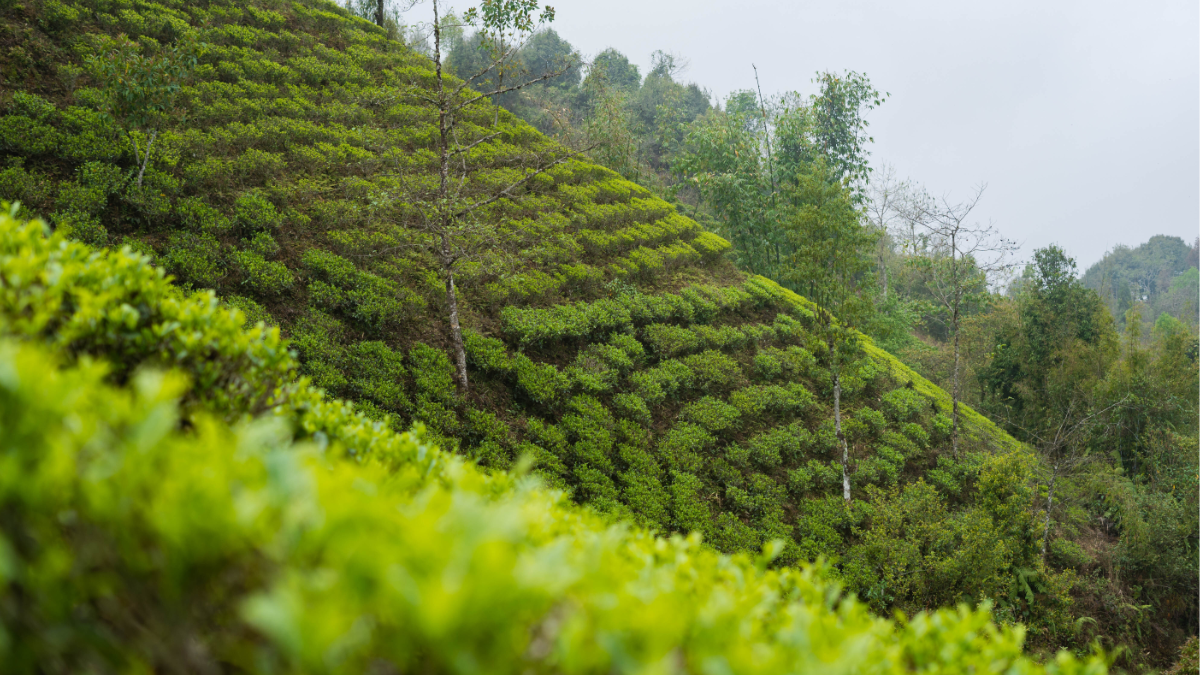
The shiny, green mountain in front of us was covered with tea plants. Dozen or so local women were rapidly picking up the young tea leaves. Clad in colourful Sri Lankan attire and with a collecting jute basket on their backs, the whole scene at that moment would remind me of the Rich Bru advertisement that I may have watched twenty years back.
It is the attractions like these that continue to stay with you. Many times, your memory is reinforced when you come across a visited place on any social media forum. My daughter instantly recognized a place from the northern areas of Pakistan that she visited while travelling to Galliyat and Swat regions, being televised in a paint company’s advertisement. The rooftops of the entire village were painted with eye-catching, bright shades of red, yellow, pink, green, blue, and purple.
On the contrary, sometimes it is travel to a certain place which highlights the brand recall of the brands. Saffron and turquoise from Iran, ajwa dates from Saudia Arabia, Hafiz, and Rewari sohan halwa from Multan, Bombay Bakery cake from Hyderabad, Ralli in Sukkur and Faisalabad, Kilao from Skardu and Lahore’s Khalifa Naan Khatai are some of the prime examples which instantly strike the chord.
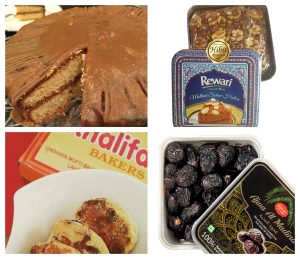
When brands promote and associate themselves with healthy activities like travelling and tourism and continue to inculcate the same in their marketing and advertising strategies, their target audience, who are being hit by their campaigns, continues to be their loyal viewers for a longer duration. Even those who may switch their loyalties to competitor brands or move forward to the next offer would still continue to wait for the advertisements of such brands.

